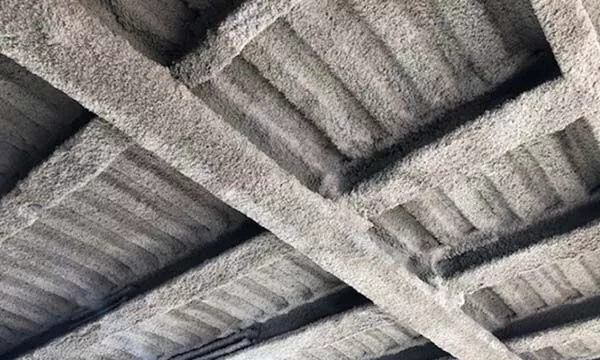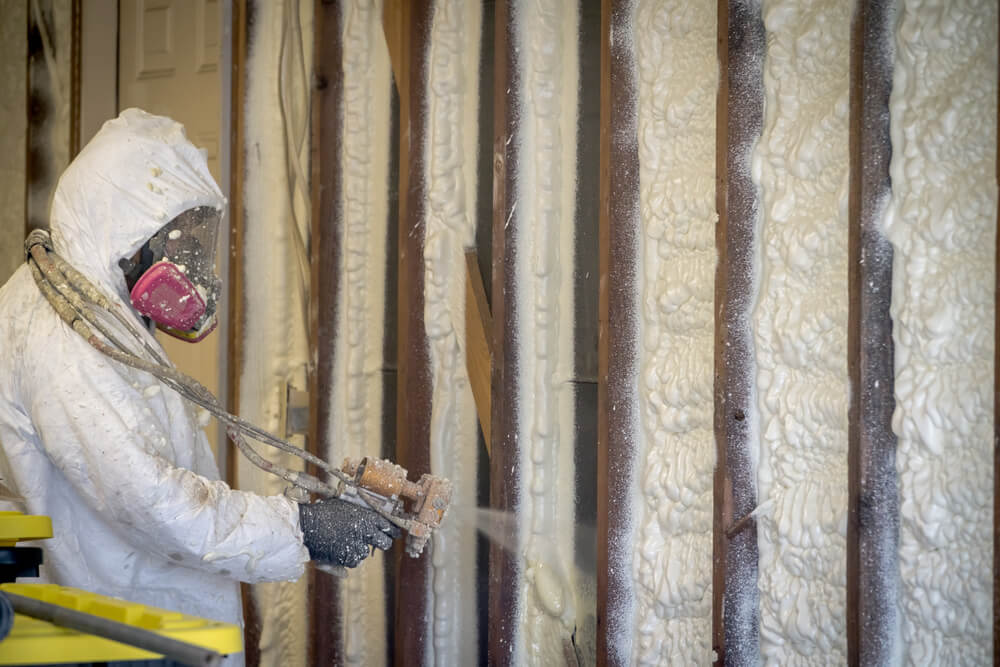Fire is one of the most destructive forces in nature, and it can strike at any time without warning. Whether you own a residential or commercial property, the risk of fire damage is always present. In fact, according to the National Fire Protection Association (NFPA), there were over 1.3 million fires reported in the United States in 2020 alone, resulting in more than $14.8 billion in property damage.
Given these alarming statistics, it’s important for property owners to take proactive steps to protect their buildings from fire damage. One of the most effective ways to do this is through fireproofing.
Fireproofing refers to the process of applying materials or coatings to surfaces to make them resistant to fire. These materials are designed to prevent the spread of flames and heat, thereby reducing the risk of fire-related damage or injuries.
There are several different types of fireproofing techniques available, each with its own unique benefits and drawbacks. Here are some of the most popular options:
- Sprayed Fireproofing – This technique involves spraying a special type of cementitious or fiber-based material onto exposed structural elements, such as steel beams, columns, and decking. The material forms a protective layer that can withstand high temperatures and prevent the spread of flames.
- Intumescent Coatings – Intumescent coatings are applied to surfaces as a paint-like substance, and they expand when exposed to high levels of heat or flames. This expansion creates a thick, protective layer that insulates the surface and slows down the spread of fire.
- Fire-Resistant Materials – Another effective way to fireproof a building is to use fire-resistant materials in construction. For example, using fire-resistant glass for windows or doors can help prevent the spread of flames and smoke.
- Firestopping – Firestopping is the process of sealing openings in walls, floors, and ceilings to prevent the spread of fire and smoke. This is typically done using special sealants or foam products that expand to fill gaps and cracks.
While no fireproofing technique can guarantee 100% protection against fire damage, implementing these strategies can significantly reduce the risk of property damage and help keep occupants safe in the event of a fire.
In addition to protecting your property from damage, fireproofing can also offer other benefits. For example, many insurance companies offer lower rates for buildings that have been fireproofed, since they are considered less risky to insure.
Moreover, having a fireproofed building can give you peace of mind knowing that you’ve taken steps to protect your valuable assets. Whether you’re a homeowner, business owner, or property manager, fireproofing should be an essential part of your risk management strategy.
If you’re interested in fireproofing your property, it’s important to work with a qualified contractor who has experience in this area. They will be able to assess your building’s specific needs and recommend the best fireproofing techniques for your situation.
Overall, fireproofing is an effective way to protect your property from fire damage and keep your occupants safe. By investing in fireproofing measures, you can help minimize the impact of a fire and ensure that your property is better equipped to withstand this devastating force of nature.
What is Fireproofing?
Fireproofing is the process of making a material or structure resistant to fire and able to withstand its damaging effects. The goal of fireproofing is to prevent fires from starting or spreading, or at least slow down the progression of a fire to give people time to evacuate and firefighters time to respond.
There are several different types of fireproofing methods, including spray-applied fire resistive materials (SFRM), intumescent coatings, and fire-resistant insulation. SFRM is typically made of cementitious or fiber-based materials that are spray-applied onto a structure’s steel frame or concrete walls to provide a layer of protection against fire. Intumescent coatings work by expanding when exposed to high temperatures, creating a barrier between the fire and the structure. Fire-resistant insulation is often used to protect pipes and ducts from heat damage.
Fireproofing is important in many industries, including construction, aviation, and oil and gas. Buildings with fireproofing systems in place are safer for occupants and less likely to suffer catastrophic damage in the event of a fire. In addition, fireproofing can help reduce insurance premiums and liability risks for building owners and operators.
About Company
From decades we are delivering our fireproofing insulation services. You can rely on our services that the job will be done effectively and efficiently.
Menu
Address
- Ontario, Canada
- (613) 761-7090
- info@fireproofingontario.com




